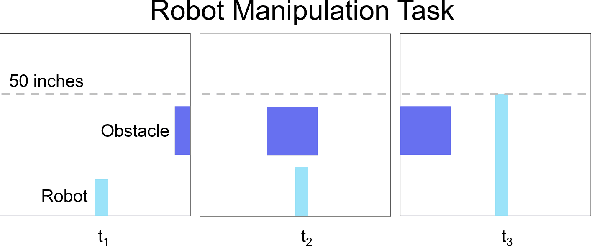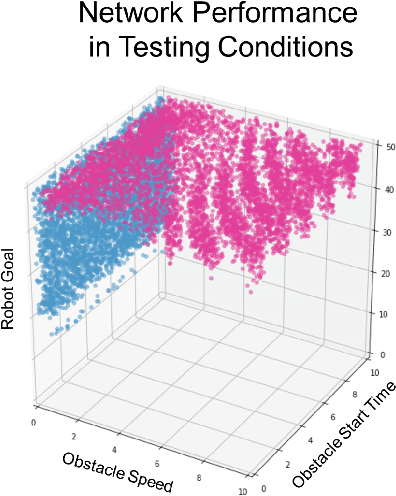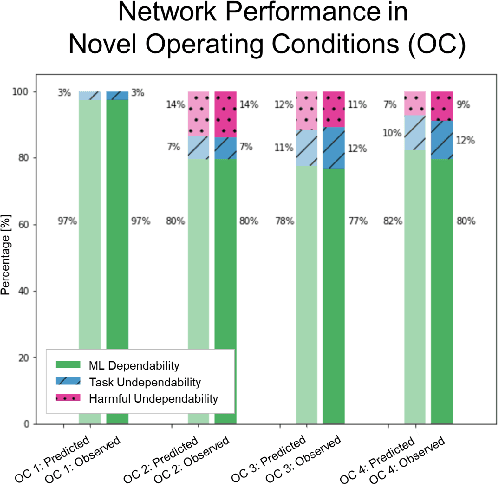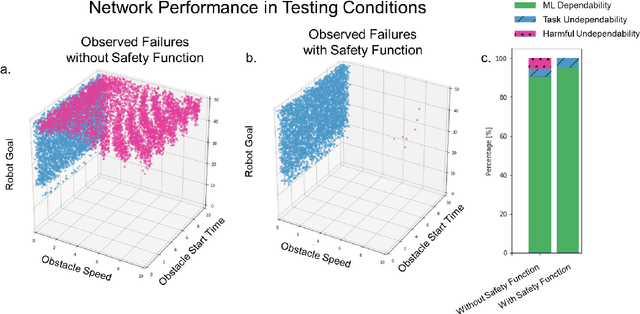William Goble
Dependable Neural Networks for Safety Critical Tasks
Dec 20, 2019



Abstract:Neural Networks are being integrated into safety critical systems, e.g., perception systems for autonomous vehicles, which require trained networks to perform safely in novel scenarios. It is challenging to verify neural networks because their decisions are not explainable, they cannot be exhaustively tested, and finite test samples cannot capture the variation across all operating conditions. Existing work seeks to train models robust to new scenarios via domain adaptation, style transfer, or few-shot learning. But these techniques fail to predict how a trained model will perform when the operating conditions differ from the testing conditions. We propose a metric, Machine Learning (ML) Dependability, that measures the network's probability of success in specified operating conditions which need not be the testing conditions. In addition, we propose the metrics Task Undependability and Harmful Undependability to distinguish network failures by their consequences. We evaluate the performance of a Neural Network agent trained using Reinforcement Learning in a simulated robot manipulation task. Our results demonstrate that we can accurately predict the ML Dependability, Task Undependability, and Harmful Undependability for operating conditions that are significantly different from the testing conditions. Finally, we design a Safety Function, using harmful failures identified during testing, that reduces harmful failures, in one example, by a factor of 700 while maintaining a high probability of success.
 Add to Chrome
Add to Chrome Add to Firefox
Add to Firefox Add to Edge
Add to Edge